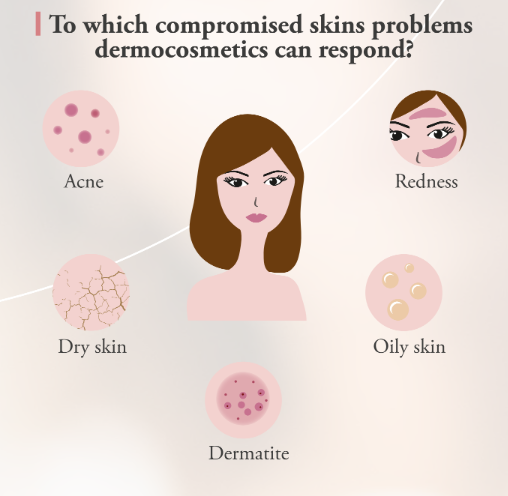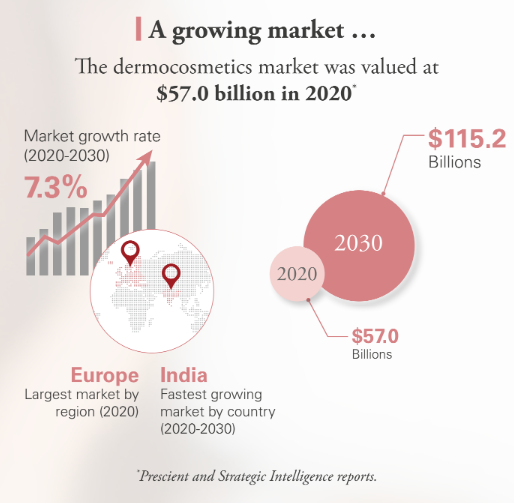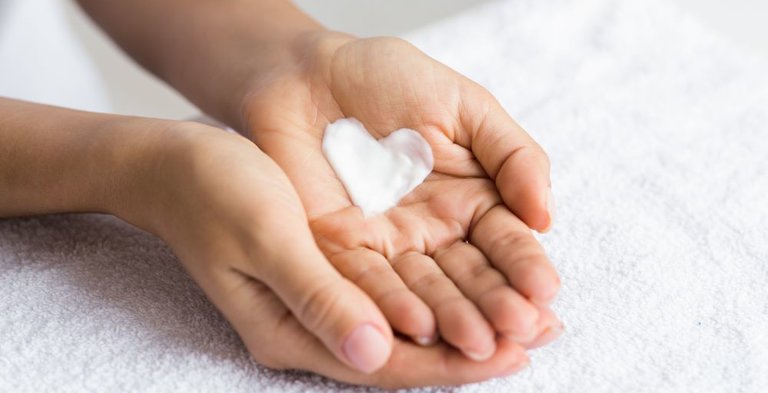Created in the 70's by Pierre Fabre, a pharmacist in France, the term "dermocosmetics" has come a long way. Within the past decade, dermocosmetics have shifted from the basic needs of skin to preventive health concerns and wellness.
Today, consumers are looking for cosmetic products that rely on scientific claims and underscore healthy living trends.
What are dermocosmetics?
Today, "dermocosmetics" remains a marketing concept, there is no standard or legal definition of it. However, we can say that dermocosmetics are formulated to preserve the health and beauty of the skin and hair. Still defined as cosmetics, these products answer to claims
such as moisturizing or treating skin problems like excess sebum, redness or dermatite with an image of safety and efficacy. The ingredients used, the positioning and associated claims define the category of the finished products and its regulation (cosmetics, OTC, quasi drug,...).
The products in this category are often recommended by dermatologists or sold in health distribution channels (pharmacies, doctor's office, medispas, ...).

what makes the dermocosmetics market so trendy?
The global dermocosmetics skin care products market size was valued USD 57 billion in 2020 and is expected to grow at a compounded annual growth rate (CAGR1) of 7.3% from 2022 to 2030 to achieve USD 115.2 billion2.
Demand for safety, transparency and a stronger reliance on medical guidance have reinforced the need for "clinical" efficacy and elevated levels of trust. Dermocosmetics have directly benefited from this momentum, characterized by a "back to basics" approach to beauty that relies on scientific claims and underscores healty living trends.
Morever beyond skin comfort, consumers are today searching for well being and empowerment. From products with basic actions, dermocosmetics now help sensitive skins to solve actual discomfort and prevent more damage in the future.
The Covid-19 played a role in this interest for dermo-category as the demand for safe, therapeutic and trusted products has increased.

What are the key Seppic ingredients most adapted to dermocosmetics formulation?
The increasing awareness and concern for skin sensitivity are a key growth opportunity for dermocosmetics which tend to be segmented by skin type or skin condition. Choosing the right ingredient based on skin tolerance profile is key. To help customers select ingredients depending on their needs, Seppic provides complete toxicological dossier for its ingredients (good tolerance at use level, no toxicity warning, non CMR,...). For some ingredients, Seppic's Research & Innovation team goes even further and works on innovative methods to evaluate their effects on sensitive skin with a unique model of impaired skin.
The main objective of dermocosmetics is to offer efficient and sensorial solutions for skin challenges. Bringing together various expertises, from excipients to active ingredients, Seppic helps respond to challenges of dermocosmetics formulations. To help customers select the most efficient ingredients, Seppic conducts in vivo (or clinical) studies to demonstrate the efficacy of our active ingredients, or a physico- chemical effect on the skin surface for our excipients under real-life use conditions.
For each most common conditions adressed by dermocosmetic, we have solutions:
- Dehydrated and dry skin
AQUAXYLTM, our combination of sugar derivatives, fights extreme thrist for a short & long term moisturization. MONTANOVTM 202, our active O/W emulsifier, brings softness and comfort to the skin through the promotion of liquid crystals structure.
- Sensitive skin
ANTILEUKINETM 6, a bioinspired extract of Laminaria Ochroleuca, shares its secrets of internal balance and adaptation agains external stresses. RosaboraTM restores the normal circulation to avoid persistent redness on rosacea-prone skin. And finally CERAMOSIDESTM HP, a plant based complex of ceramides, similar to ceramides found in the skin and rich in essential fatty acids omegas, improves the complexion making it fresher and more homegeneous.
- Oily skin with imperfections prone to acne
SENSANOVTM WR, as O/W emulsifer, forms an immediate non occlusive matte film at the surface of the skin. LIPACIDETM C8G, a glycine-biovector and skin acidifying agent, protects the skin and helps maintain its ecosystem.
- Atopic-prone skin & impaired skin
SIMULGELTM NS, a liquid polymeric thickener, has an effect on barrier function recovery. TECA , one of our centella asiatica active, repairs damaged skins.
Formulating dermocosmetics can be tricky as it requires to maintain skin integrity even in rinse-off application, to reduce preservative amount to respect very sensitive skins, to find film formers to help to protect skin barrier and to integrate high percentage of actives in strong formula bases. To help customers to formulate dermocosmetics, Seppic offers specialty ingredients with added values to answer these challenges. For example, SEPIMAX ZENTM helps to formulate because of its resistance to electrolytes and compatibility with strong actives currently used in dermocosmetics.
Seppic dermacare formulas:
Repair & soothe cica cream
An emulsion to repair and soothe fragile and irritated skin.
Wheat essential ceramosides oil
An oily serum, the best for your skin needs.
D.I.Y dermocosmetic base
A high stability sensory cream base
O/W/O Moisturizing cream
A multiple emulsion to perfectly moisturized and make the skin comfortable.
References:
(1) CAGR: current annual growth rate
(2) Based on Prescient and Strategic Intelligence reports

